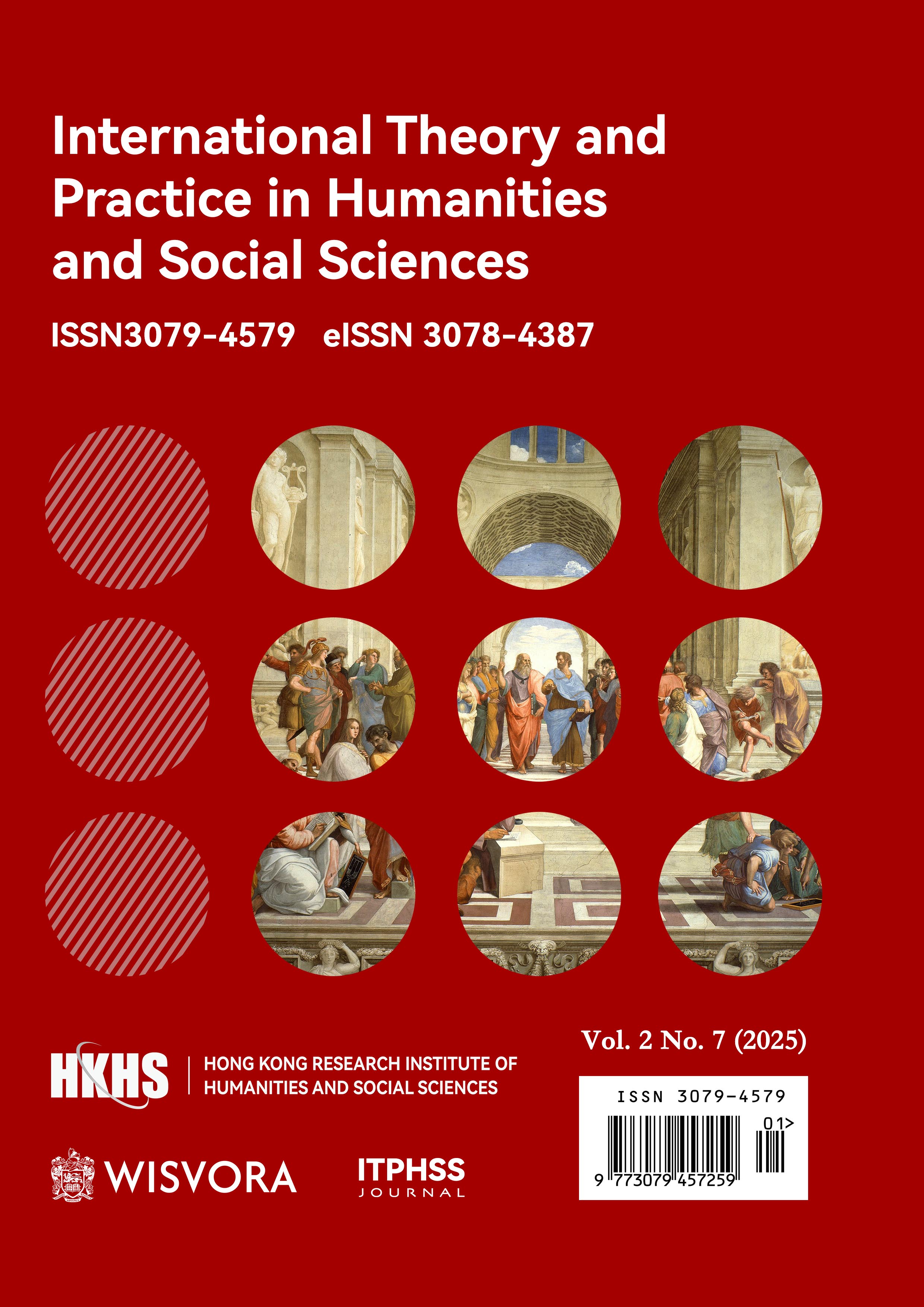Abstract
This paper addresses the challenges and opportunities of integrating Nature-based Solutions (NbS) within the architectural design process, focusing on the regeneration of urban voids and periods of construction suspension. Moving beyond the conventional understanding of urban “downtime” as merely wasted time or empty space, the research reconsiders these intervals as critical design moments that can be strategically activated for ecological transformation. Drawing on both international and European case studies—ranging from peri-urban forests to post-industrial infrastructure and large metropolitan brownfields—the article analyses how architects can harness waiting periods and urban residual spaces as laboratories for ecological experimentation, soil regeneration, and the incremental construction of green infrastructure.
The methodological approach blends comparative analysis of emblematic projects with speculative design hypotheses, illustrating how vegetation and natural processes can be integrated into architectural workflows from the earliest stages of site preparation. The discussion foregrounds the architect’s agency not only as a form-giver but as an orchestrator of dynamic, adaptive, and processual landscapes—capable of anticipating, accompanying, and enhancing the multiple temporalities of urban transformation. The proposed framework demonstrates how the architect’s intervention, by aligning with the rhythms of ecological succession and integrating Nature-based Solutions, can generate measurable environmental benefits and open up new directions for sustainable urban development.
References
-Ahern, J. (2010). Planning and design for sustainable and resilient cities: Theories, strategies, and best practices for green infrastructure. Sustainability, 2(9), 2402–2478. https://doi.org/10.3390/su2092402
-Ahern, J. (2011). From fail-safe to safe-to-fail: Sustainability and resilience in the new urban world. Landscape and Urban Planning, 100(4), 341–343. https://doi.org/10.1016/j.landurbplan.2011.02.021
-ArchDaily. (2011). Houtan Park / Turenscape. https://www.archdaily.com/131747/shanghai-houtan-park-turenscape
-Birdingplaces.eu. (n.d.). Alter Flugplatz Bonames. https://www.birdingplaces.eu/it/birdingplaces/germany/alter-flugplatz-bonames
-Castelli, K. R., Silva, A. M., & Dunning Jr, J. B. (2021). Improving the biodiversity in urban green spaces: A nature based approach. Ecological Engineering, 173, 106398
-Clément, G. (1991). Le jardin en mouvement. Sens et Tonka.
-Cohen-Shacham, E., Walters, G., Janzen, C., & Maginnis, S. (2016). Nature-based solutions to address global societal challenges. IUCN, International Union for Conservation of Nature. https://doi.org/10.2305/IUCN.CH.2016.13.en
-Doazan-Hirschberger. (n.d.). Jardin des Fonderies. http://www.doazan-hirschberger.com/en/projets/detail/jardin-des-fonderies.html
European Commission. (2017). Nature-based solutions and re-naturing cities: Final report of the Horizon 2020 expert group on nature-based solutions and re-naturing cities. Publications Office of the European Union. https://data.europa.eu/doi/10.2777/47803
-Gibson, D. J., Adams, E. D., Ely, J. F., Gustafson, D. J., McEwen, T. R., & Evans, T. R. (2000). Eighteen years of herbaceous layer recovery of a recreation area in a mesic forest. The Journal of the Torrey Botanical Society, 127(3), 222–232. https://doi.org/10.2307/3088748
-Grün Berlin. (n.d.). Natur Park Südgelände. https://gruen-berlin.de/projekte/parks/suedgelaende/technik-stadtnatur
-GTL Landschaftsarchitektur. (n.d.). Conversion Airfield Bonames, Frankfurt am Main. https://gtl-landschaftsarchitektur.de/en/projekt/conversion-airfield-bonames-frankfurt-am-main
-IUCN. (2016). Defining Nature-based Solutions. International Union for Conservation of Nature. https://portals.iucn.org/library/efiles/documents/WCC-2016-Res-069-EN.pdf
-Kandel, M., & Frantzeskaki, N. (2024). Advancing nature-based solutions: Governance, policy, and practice for urban sustainability. Urban Forestry & Urban Greening, 86, 127188. https://doi.org/10.1016/j.ufug.2023.127188
-Kowarik, I. (2011). Novel urban ecosystems, biodiversity, and conservation. Environmental Pollution, 159(8–9), 1974–1983. https://doi.org/10.1016/j.envpol.2011.02.022
-Landezine. (2009). Foundries Garden Nantes. http://landezine.com/index.php/2009/09/foundries-garden/
-Lerner, J. (2014). Urban Acupuncture. Island Press.
-Oswalt, P., Overmeyer, K., & Misselwitz, P. (2013). Urban catalyst: The power of temporary use. DOM Publishers..
-Rusterholz, H. P., & Baur, B. (2014). Bodenschäden durch Freizeitaktivitäten im Wald: Regeneration durch Einzäunen. Schweizerische Zeitschrift für Forstwesen, 165, 2–9.
Solà-Morales, I. de. (1995). Terrain Vague. In C. Davidson (Ed.), Anyplace (pp. 118–123). MIT Press.
-Turenscape. (n.d.). Houtan Park, Shanghai Expo. https://www.turenscape.com/en/project/detail/4647.html
-Van den Bosch, M., & Sang, Å. O. (2017). Urban natural environments as nature-based solutions for improved public health—a systematic review of reviews. Environmental Research, 158, 373–384. https://doi.org/10.1016/j.envres.2017.05.040
-Yu, Y., & Mu, L. (2023). Urban green infrastructure and climate adaptation: Nature-based solutions for a changing world. Urban Forestry & Urban Greening, 77, 127702. https://doi.org/10.1016/j.ufug.2022.127702

This work is licensed under a Creative Commons Attribution 4.0 International License.
Copyright (c) 2025 Francesca La Monaca (Author)

